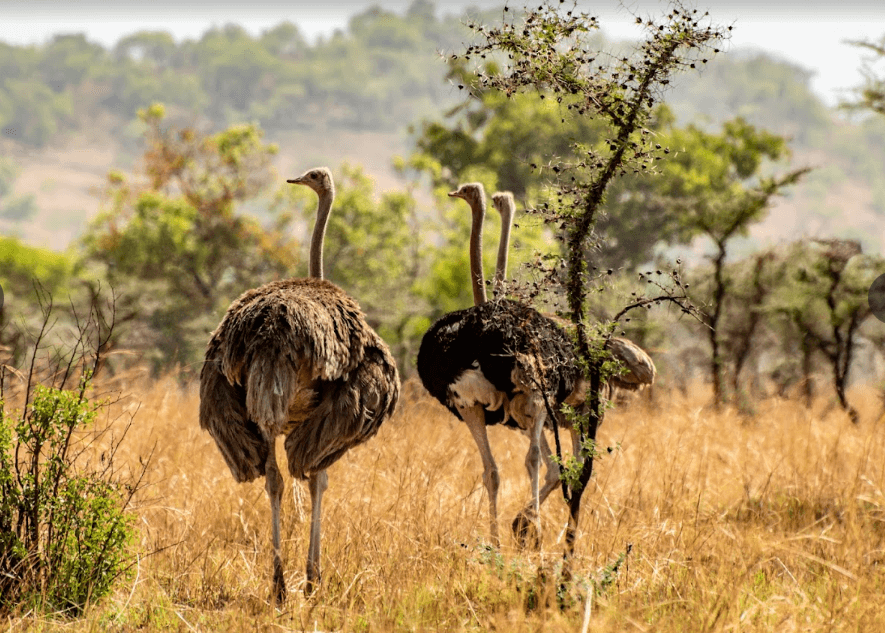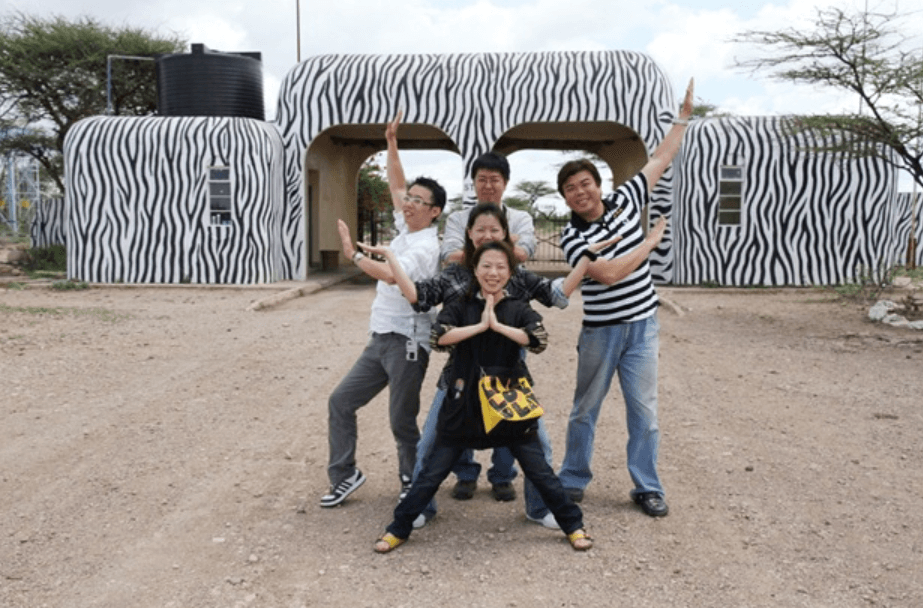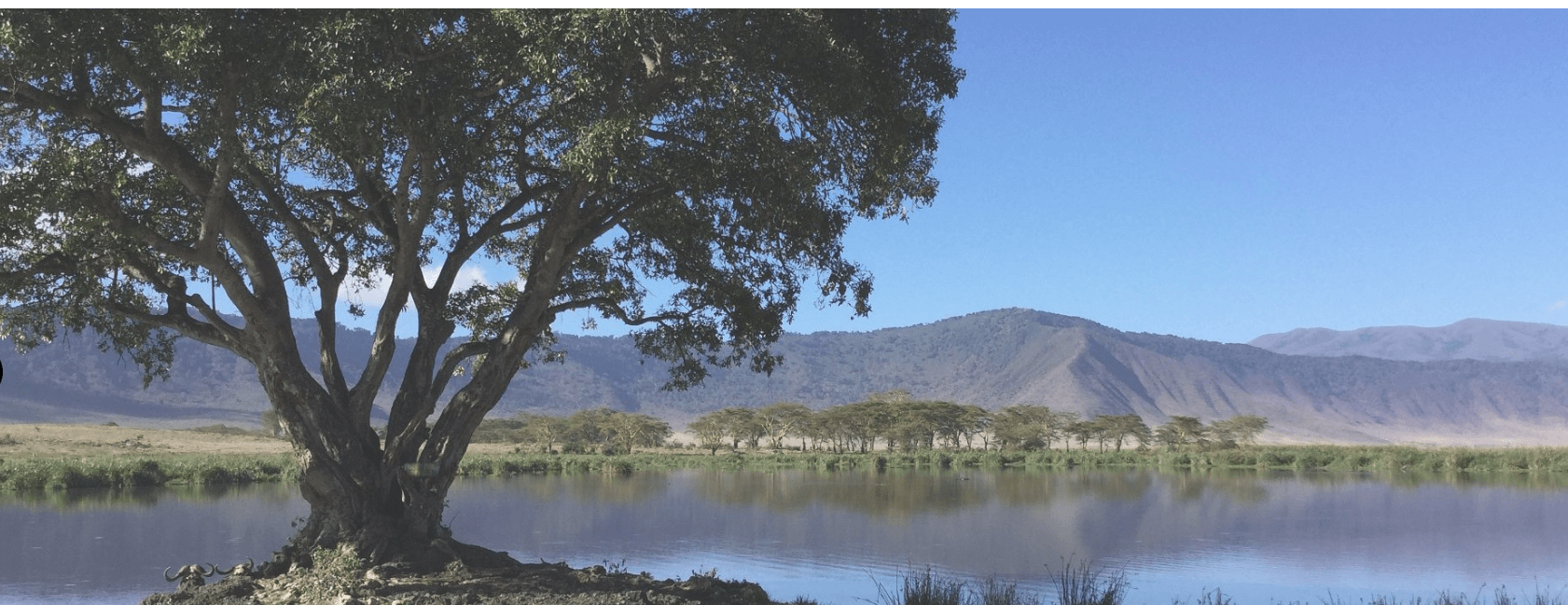Kora National Park Kenya
Kora National Park Kenya: A Complete Safari Guide
Kora National Park Kenya is a hidden gem in Kenya’s eastern region, known for its rugged wilderness, rocky terrain, and unique historical significance. Covering approximately 1,787 square kilometres, this park is situated along the banks of the Tana River, just east of Meru National Park. Kora National Park is often overshadowed by more popular parks, but for adventurous travellers and nature lovers, it offers a serene and off-the-beaten-path safari experience. The park’s remote landscape, marked by granite boulders, riverine forests, and vast savannahs, provides an ideal habitat for a diverse array of wildlife.
The park was established in 1989, largely to honour the work of the renowned wildlife conservationist George Adamson, who spent his final years living and working in Kora. Known as the “Father of Lions,” Adamson dedicated his life to wildlife conservation, particularly focusing on lions and leopards. Today, Kora National Park remains an important sanctuary for Kenya’s wildlife, providing a natural haven for big cats, elephants, hippos, crocodiles, and a wide variety of bird species.
This guide offers a comprehensive look at Kora National Park, including its background, how to get there, key attractions, activities, accommodations, and frequently asked questions (FAQs).
Background and Significance of Kora National Park
Kora National Park Kenya is perhaps best known for its association with George Adamson, a prominent British wildlife conservationist who spent his final years in the park. Adamson, along with his wife Joy, was instrumental in reintroducing lions and leopards into the wild. His life and work were famously depicted in the book and film Born Free, which told the story of Elsa the lioness. Adamson’s dedication to wildlife conservation left a lasting legacy, and his camp, known as Kora Camp, became an important site for rehabilitating orphaned lions.
Adamson lived in Kora National Park Kenya until his tragic death in 1989, when he was killed by poachers. The park’s establishment that same year was a tribute to his efforts, and today, it remains an essential part of Kenya’s conservation landscape, especially for big cats and other vulnerable species.
Kora’s environment, which includes rugged hills, large boulders, and the winding Tana River, makes it unique among Kenya’s national parks. Although it lacks the visitor infrastructure found in more popular parks, Kora National Park offers a raw and authentic wilderness experience, providing a refuge for both animals and adventurous travellers seeking solitude in nature.
How to Get to Kora National Park
Kora National Park is remote and less developed than other parks, making it an ideal destination for those who enjoy secluded wilderness areas.
By Road
- From Nairobi: The park is located approximately 280 km northeast of Nairobi. The drive from Nairobi takes around 6-7 hours, depending on road conditions. The route typically follows the Thika–Garissa Road, with a turn towards Mwingi, then onward to the park’s gate. A 4×4 vehicle is highly recommended, especially during the rainy season, as some parts of the road can become challenging to navigate.
- From Meru National Park: For visitors already in Meru National Park, Kora is accessible via a 2-hour drive, making it easy to combine visits to both parks.
By Air
For those preferring a quicker journey, chartered flights are available from Wilson Airport in Nairobi to airstrips within Kora National Park. Alternatively, visitors can fly into nearby Meru National Park and then drive to Kora.
Tourist Attractions in Kora National Park
Kora National Park’s rugged landscape and remote location make it a paradise for those seeking an authentic wilderness experience. Here are some of the top attractions:
1. Kora Rock
Kora Rock, also known as the “Hill of Caves,” is a prominent granite outcrop within the park. The rock formations around Kora Rock provide shelter for leopards and other wildlife, and the hill offers panoramic views of the surrounding savannahs. Hiking to the top of Kora Rock is a rewarding experience, with beautiful views and the opportunity to see some of the park’s wildlife from a unique vantage point.
2. Adamson’s Falls
Located along the Tana River, Adamson’s Falls is a scenic waterfall named in honour of George Adamson. The falls, surrounded by lush vegetation, create a tranquil setting for visitors to enjoy the park’s natural beauty. The area around Adamson’s Falls is popular for picnics and offers a great spot for birdwatching.
3. Tana River
The Tana River flows along the park’s western boundary, creating a lifeline for the animals and vegetation in the area. Along the riverbanks, visitors can see hippos, crocodiles, and a variety of bird species. The Tana River is particularly picturesque during the rainy season when the water levels rise, creating small rapids and waterfalls along the way.
4. George Adamson’s Grave
For those interested in the park’s history, George Adamson’s grave is located within the park, near his former camp. The grave serves as a tribute to Adamson’s work and dedication to Kenya’s wildlife. Many visitors come to pay their respects and learn about his legacy in wildlife conservation.
5. Rocky Outcrops and Boulders
Kora National Park is known for its rocky landscape, with numerous granite outcrops and large boulders scattered across the terrain. These natural features create a unique environment that is perfect for photography and exploring. The rocks also provide shelter for various animals, especially leopards, which are well-camouflaged among the granite formations.
Activities at Kora National Park
Although Kora National Park is less developed in terms of tourist facilities, it offers a range of activities that cater to nature lovers and adventure seekers.
1. Game Drives
Game drives are the primary way to explore Kora National Park and its wildlife. The park is home to a range of animals, including elephants, lions, leopards, cheetahs, buffalos, and various antelope species. The remote setting means fewer vehicles on game drives, allowing visitors to enjoy a quiet, immersive safari experience. Early morning and late afternoon game drives are ideal for spotting predators and other wildlife.
2. Birdwatching
With over 500 recorded bird species, Kora National Park is a paradise for birdwatchers. The Tana River and surrounding forests attract numerous waterbirds, including herons, kingfishers, and cormorants. Raptors, such as the martial eagle and tawny eagle, can also be seen soaring above the park’s rocky outcrops.
3. Hiking and Rock Climbing
For those seeking adventure, hiking and rock climbing around Kora Rock and other granite formations offer a thrilling experience. The park’s rugged landscape provides ample opportunities for climbing and exploring rock formations, with stunning views from the top of the hills and outcrops.
4. Fishing in the Tana River
Fishing is another popular activity along the Tana River. The river is home to several fish species, and visitors can try their hand at fishing while enjoying the peaceful surroundings. Fishing permits may be required, and it’s advisable to check with local authorities or tour operators.
5. Bush Camping
Kora National Park offers basic bush camping facilities, allowing visitors to experience the wilderness up close. Camping in Kora is an adventurous experience, with the sounds of wildlife and the beauty of the star-lit African sky creating an unforgettable setting. Visitors should bring their own camping gear, as facilities are minimal.
Accommodation in Kora National Park
Kora National Park is relatively undeveloped, with few accommodation options within the park itself. However, several lodges and campsites in nearby areas provide comfortable lodging for visitors.
1. Murera Springs Eco Lodge
Located near Meru National Park, Murera Springs Eco Lodge is a comfortable eco-lodge that offers close proximity to Kora. The lodge features well-appointed rooms, a swimming pool, and a restaurant. It’s an ideal base for those looking to explore both Meru and Kora National Parks.
2. Leopard Rock Lodge
Leopard Rock Lodge, also situated near Meru National Park, offers luxury accommodation with a rustic charm. The lodge provides spacious cottages, fine dining, and guided excursions to both Meru and Kora National Parks. It’s an excellent choice for travellers seeking a blend of comfort and adventure.
3. Kora Campsites
For budget-conscious travellers, Kora National Park offers a few basic campsites, including Kora Camp near Adamson’s Falls. Camping is a more rugged option, with limited facilities, but it provides an authentic wilderness experience.
Frequently Asked Questions (FAQs)
- What is the best time to visit Kora National Park?
The best time to visit Kora is during the dry season, from June to October and January to February. During these months, the weather is favourable, and wildlife is easier to spot near water sources. - Are there entrance fees for Kora National Park?
Yes, there are entrance fees for Kora National Park, which vary based on residency status. Non-residents typically pay around $35 for adults, while Kenyan citizens and residents pay lower fees. - Is Kora National Park safe for camping?
Yes, Kora National Park offers safe camping sites. However, visitors should follow all park guidelines and bring their own camping equipment, as facilities are minimal. - Can I do a self-drive safari in Kora National Park?
Yes, self-drive safaris are allowed, but a 4×4 vehicle is essential due to the park’s rugged terrain. It’s also advisable to travel with a guide for a safer and more informative experience. - Is Kora National Park family-friendly?
Kora is suitable for families who enjoy outdoor activities and adventure. However, due to its remote nature and basic facilities, it may be more appropriate for older children and adults.
Why Kora National Park is a Hidden Gem in Kenya
Kora National Park offers a truly unique and off-the-beaten-path safari experience. With its connection to George Adamson’s legacy, rugged landscapes, and remote wilderness, Kora is perfect for adventurous travelers seeking solitude and natural beauty. From its abundant wildlife to its granite outcrops and scenic river views, Kora National Park invites visitors to explore a less-trodden part of Kenya’s vast wilderness.






